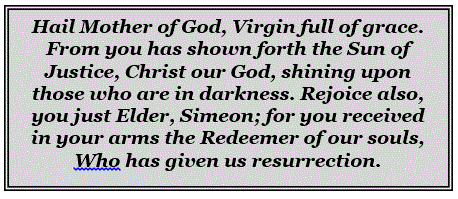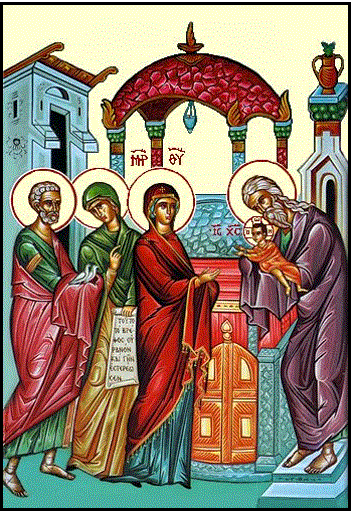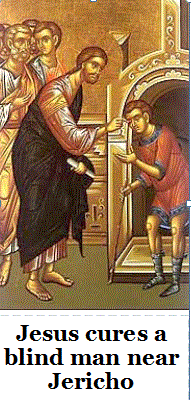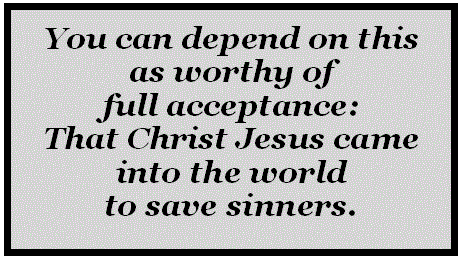In the canon, that is the actual writings that are accepted as inspired and a part of the New Testament, the thirteen letters attributed to Paul are basically organized according to two principles: (1) the letters addressed to communities, whether they were established by him or not; and (2) to individuals. Within each of these categories, the letters are arranged in descending order of length, from the longest to shortest. The one exception is the Letter to the Galatians. It comes before Ephesians, even though the latter is about two hundred words longer.
It is interesting that the Fathers of the Church used length as one criteria when establishing the Canon which also includes the order in which the writings are always presented.
If the letters of Paul are presented in a chronological order, the canon looks much different, as originally pointed out. If you would like to get a different perspective on Paul’s message, read his letters in the Chronological order. These seven were written before the Gospels: 1 Thessalonians; 1 and 2 Galatians; Corinthians; Philemon; Philippians; and Romans.
I would suggest, therefore, that any one desirous of studying the New Testament begin with these seven letters and then approach the Gospels and the remaining letters that are attributed to St. Paul. It does give you a new perspective of the Gospel message.
The first Christian document to be written, then, is Paul’s letter to a Christ-community in Thessalonica, the capital city of Macedonia, a province in northern Greece. It was written around the year 50, possibly a year or two earlier. Somewhat surprisingly, given the Jesus movement’s origin among the Jews in the Jewish homeland, the earliest Christian document is written to a community in Europe, which was largely Gentile. The letter was written in Greek.
Meanwhile, the apostles and disciples where preaching to Jews in the Diaspora as well as the homeland. They were not, however, writing things down yet since people who knew Jesus were still alive and relating stories about Jesus to those who wanted to listen. They saw no reason, at that point in time, to write things down. They were busy sharing the Good News. They had the writings of the Old Testament, which were considered sacred. They had no intention, at that time, of replacing the Torah and books of the Jews. They used the Psalms in their worship. The idea of a separate religion from Judaism was yet to emerge. It was Paul’s reflection on the teaching of Jesus and its ramifications for living that began directing the movement in the direction of a new, reformed Abrahamic religion. Christianity is one of three “Abrahamic Religions” – Each now has its own BOOK.





